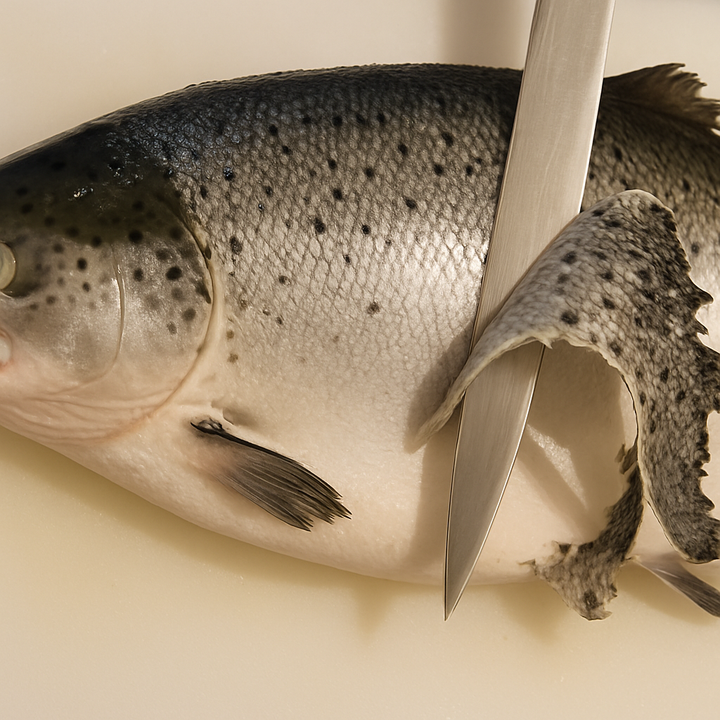Omakase Mastery: Discover the Art of Japan's Complex Dishes
An Exploration of Omakase's Most Intricate Dishes

Omakase, a culinary artform rooted deeply in Japanese tradition, is known for its impeccable balance of flavors, textures, and presentation. While many dishes in an Omakase course exhibit sophistication, some stand out for their complexity in preparation, ingredient rarity, and artistic presentation.
Let's Dive Into the Most Intricate Dishes of Omakase Cuisine:
1. Fugu (Pufferfish)
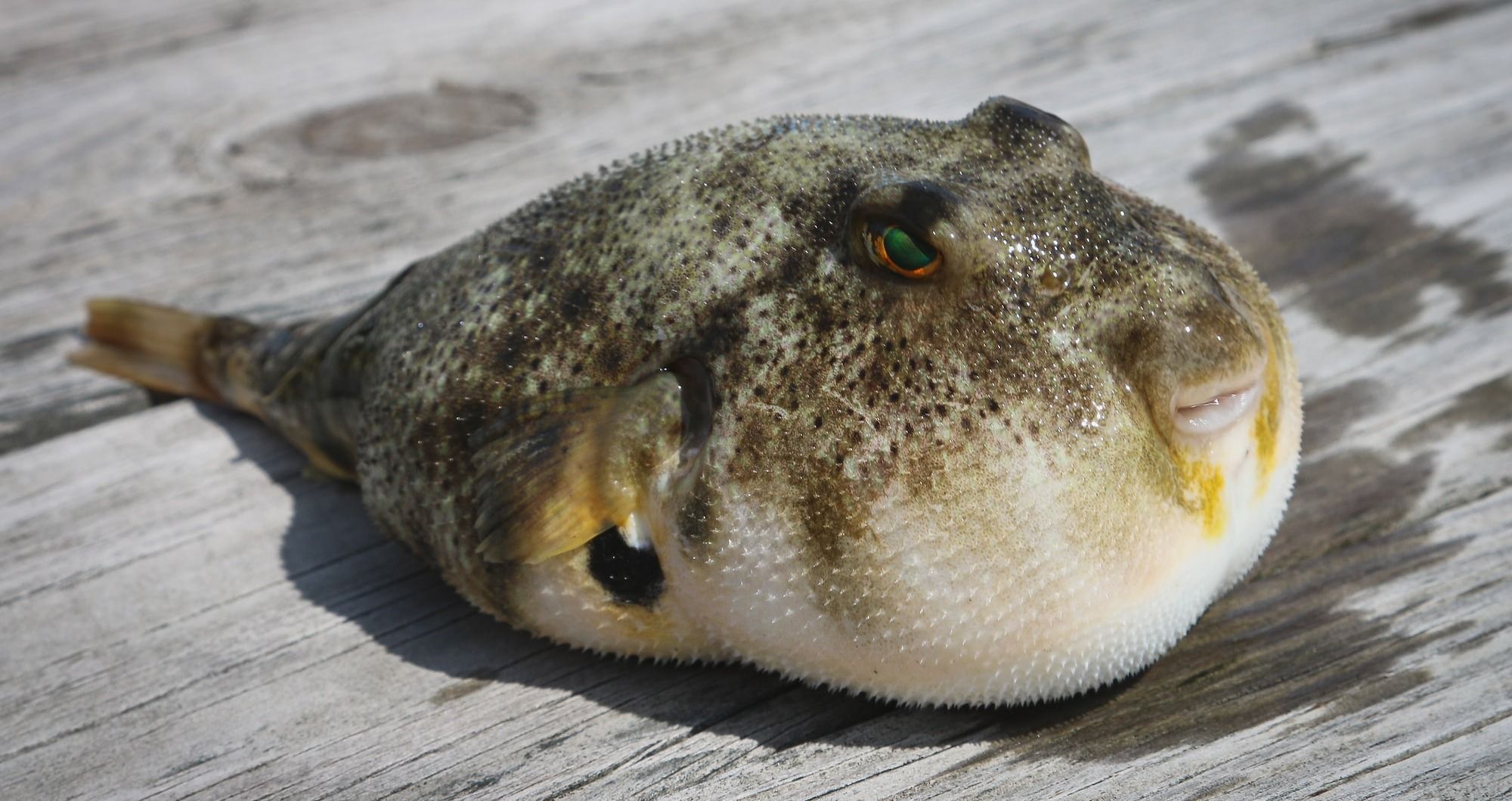
Complexity in Preparation: Fugu is notorious for its potential lethality. Certain parts of the pufferfish contain tetrodotoxin, a poison far more potent than cyanide. Preparing Fugu demands precision, expertise, and years of training.
Licensing: In Japan, only chefs with rigorous training and a specialized license can prepare and serve Fugu.
To legally serve fugu in their establishments, chefs undergo extensive training, which involves handling and preparing hundreds of these fish, often incurring costs in the thousands.
Typically, chefs start this rigorous training around the age of 20 and dedicate between four to six years mastering the craft before they can offer this delicacy to diners.
Presentation Styles: Fugu can be served in various forms: sashimi, grilled, deep-fried, or as a hot pot (Fugu-chiri). Each preparation has its own intricacies.
2. Ikizukuri (Live Sashimi)
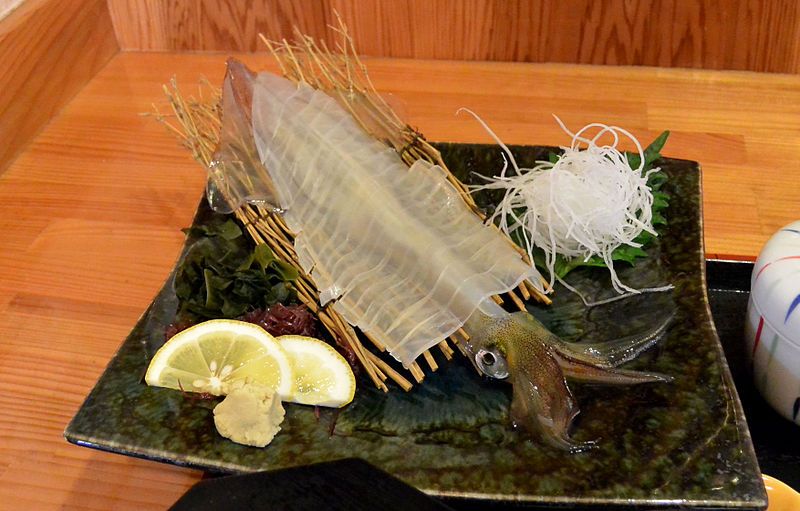
Craftsmanship: The technique involves presenting seafood live to the diner, followed by swift preparation to retain freshness and vitality. The challenge lies in the precise knife skills required to ensure the creature's humane and rapid dispatch, while also presenting it aesthetically.
Ingredient Vitality: Choices include fish (like flounder or snapper), shellfish (such as shrimp or abalone), and cephalopods (like octopus or squid). Must be in peak condition to be considered for Ikizukuri.
Presentation Style: In Ikizukuri presentations, seafood is artfully displayed on a plate, often with parts still moving, underscoring unparalleled freshness. Traditional accompaniments like shiso leaves and daikon radish enhance the visual appeal, while still-beating organs or writhing tentacles intensify the sensory experience for diners.
3. Awabi (Abalone)
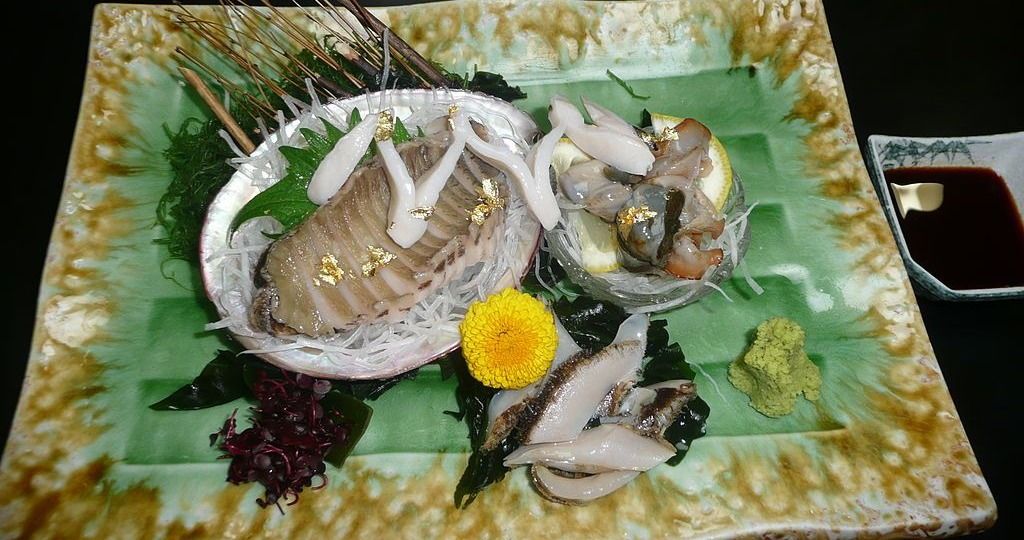
Texture and Cooking Time: Awabi is prized for its crunchy texture and marine flavor. However, it can become tough if not prepared correctly.
Often slow-simmered or gently grilled, it requires an exacting approach to achieve the right consistency.
Liver Sauce: The abalone's liver is often used to create a creamy, rich sauce that complements the meat's texture. Achieving the right balance in this sauce is an art in itself.
Presentation: The aesthetic appeal is paramount, with chefs showcasing Awabi's tender layers. Garnishes, often reminiscent of the sea, underscore its oceanic origins.
4. Unagi and Anago (Freshwater and Saltwater Eel)

Grilling Perfection: Both eels demand a detailed preparation process, involving cleaning, skewering, steaming, and grilling. The aim is to achieve a caramelized exterior with a tender interior.
Sauce Mastery: Eel is often served with a sweet soy-based sauce called 'tare'. Preparing this sauce involves a delicate balance of ingredients and slow cooking.
Accompanying the unagi might be an artfully placed sprig of a seasonal herb, a dab of gold leaf, or an intricate carving of daikon radish, not just for aesthetics but to complement or contrast the eel's richness.
5. Shirako (Fish Milt)
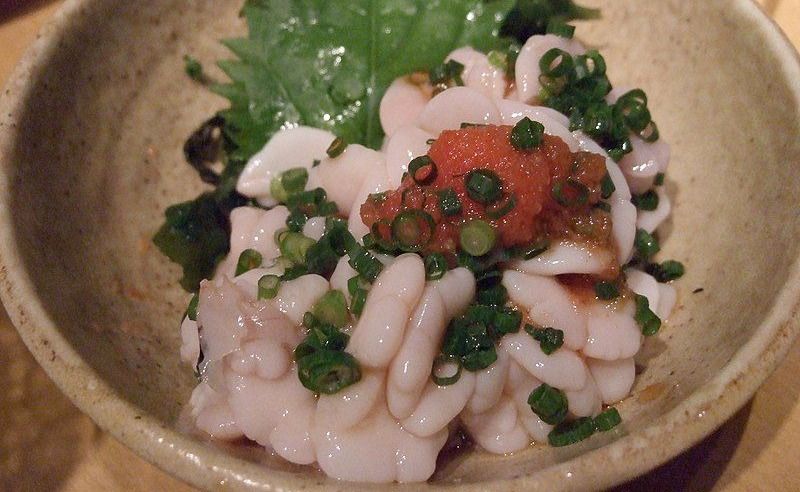
Delicacy in Handling: Refers to the sperm sacs of fish, particularly cod, but also from other fish like pufferfish and monkfish. In Japanese cuisine, it's considered a winter delicacy. Its rich, creamy texture paired with its delicate flavor makes it a sought-after item on many upscale menus.
This creamy, delicate dish demands gentle handling. The milt is usually poached, deep-fried, or served as sashimi. Achieving the right texture without overcooking is key.
Flavor Pairing: Shirako has a creamy, subtle flavor. Pairing it with contrasting accompaniments without overshadowing its delicate taste is a challenge.
Presentation Style: Its presentation is marked by its pristine white color, often arranged in elegant mounds or sashimi-style layouts on contrasting dishware. The dish's richness is balanced with subtle garnishes like sliced green onions or citrus zest, while a light soy sauce drizzle or wasabi dab enhances its delicate flavor.
6. Dashi (Broth)

Foundation of Flavors: While it might sound simple, dashi is the foundation for many Japanese dishes. It requires a perfect blend of ingredients like kombu (kelp) and bonito flakes.
Steeping and Simmering: The ingredients' exact steeping time and the temperature play crucial roles in extracting the flavors without making the broth bitter.
Presentation Style: An essential part of dashi's presentation is its aroma. Before serving, it's often re-heated to release its comforting, umami-rich scent, beckoning diners to take a sip.
7. Kani (Crab) Preparations
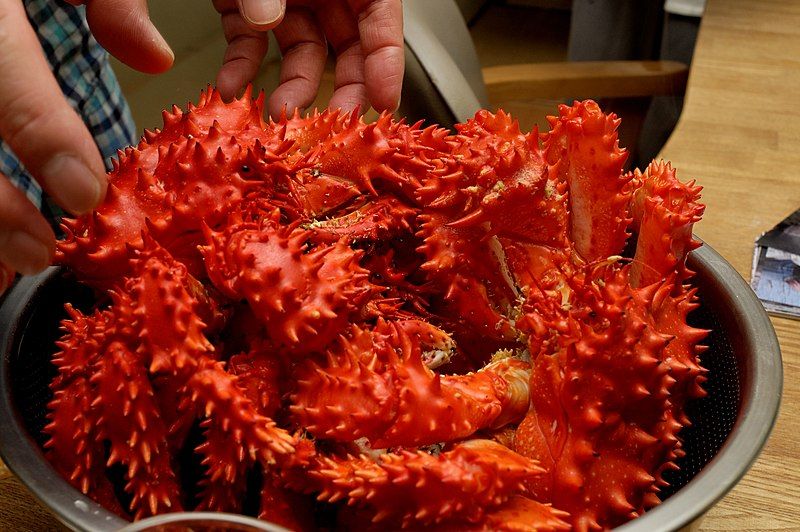
Delicate Extraction: Preparing dishes from live crab demands a keen sense of timing. Extracting the meat without breaking it requires utmost skill.
Versatility in Serving: Kani can be served in multiple ways - as sashimi, steamed with vinegar, or as crab miso (the crab's innards), each demanding its own precision.
Presentation Style: Especially for upscale meals or traditional settings, whole crabs might be presented with their impressive shells intact, often arranged on a bed of ice or decorative plate.
8. Kobujime (Fish Marinated between Kelp Sheets)
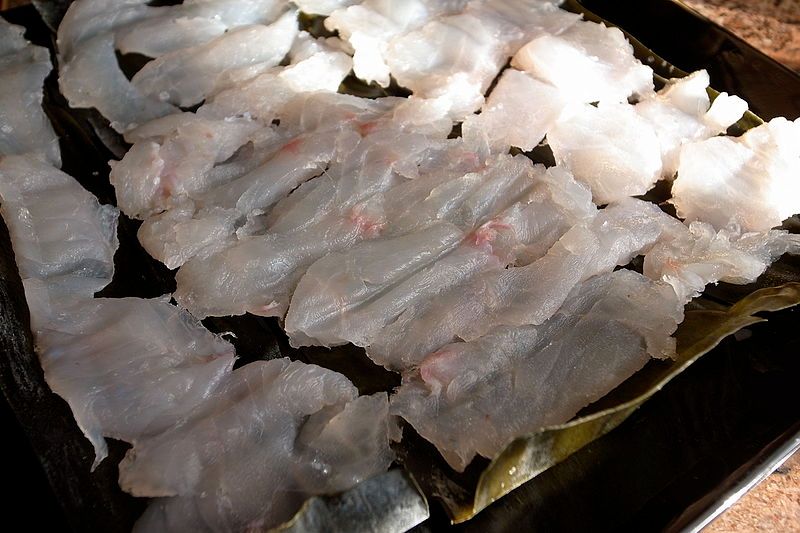
Kombu-jime is a traditional Japanese method that involves curing or pickling various ingredients, such as meat, fish, and vegetables. In this technique, the chosen ingredient is sandwiched between two sheets of kombu and left to refrigerate for a period ranging from twelve to twenty-four hours. During this time, the kombu serves a dual purpose. It not only extracts moisture from the ingredient, intensifying its natural flavors, but also infuses it with the distinct taste of the kombu itself.
Marination Time: The fish, typically a type of white fish like flounder, is sandwiched between kelp sheets for a set period. This infuses it with umami without overpowering its natural flavor.
Knife Skills: Post-marination, it's presented as sashimi, requiring extremely precise cuts for the perfect mouthfeel.
9. Aged Sushi
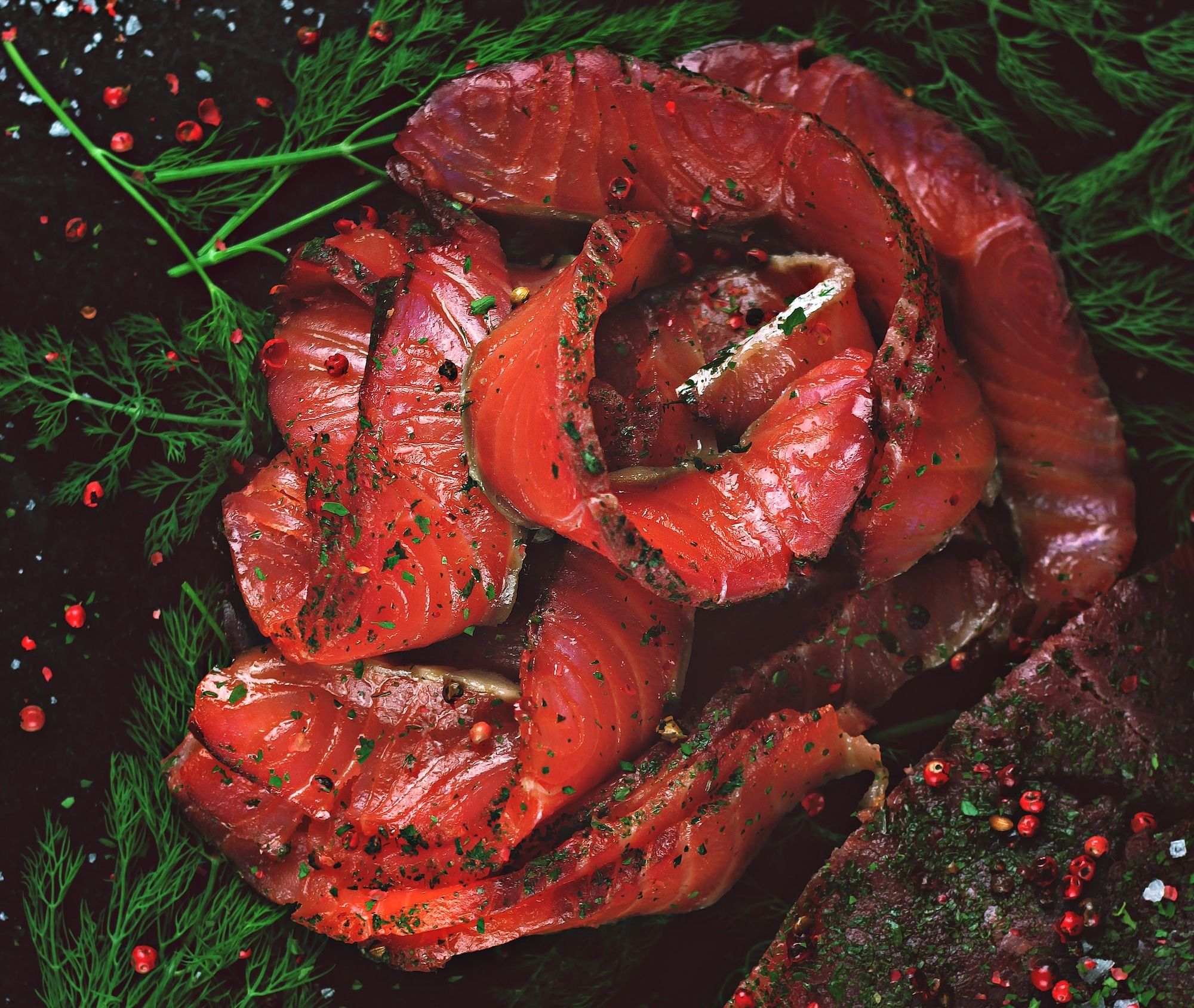
Controlled Aging: Contrary to the emphasis on absolute freshness, some Omakase chefs are reviving the old technique of aging fish to enhance its flavors. This requires carefully controlled conditions and a deep understanding of each fish type's aging process.
Flavor Depth: Aged correctly, the fish develops a deeper, more complex flavor profile, introducing diners to an entirely new dimension of sushi.
10. Shako (Mantis Shrimp)
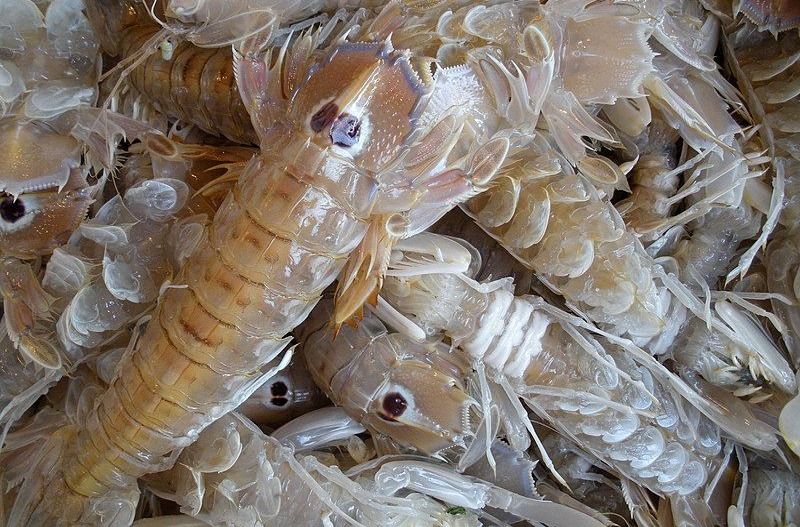
Preparation Intricacy: Shako has a hard exoskeleton that needs precise handling to extract the meat. Its preparation requires a balance between preserving the natural sweetness and ensuring a non-chewy texture.
Shako's unique and colorful shell might be used as a decorative element on the plate or even as a serving vessel for a different preparation of the shrimp, showcasing its origin.
Seasonal Serving: Shako is often served in the spring, sometimes with its liver, which adds a rich, creamy taste.
In Conclusion
While the aforementioned dishes offer a glimpse into the complexities of Omakase cuisine, it's essential to note that the true magic lies in the chef's expertise.
Their knowledge, honed over years, ensures that each dish, regardless of its complexity, provides a memorable experience for the diner.
